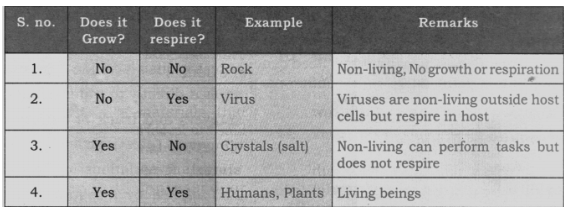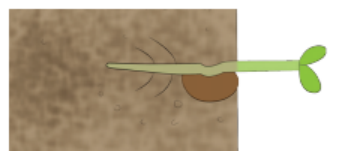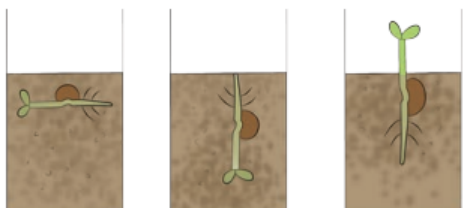NCERT Solutions for Class 6 Chapter 10 Science - FREE PDF Download
FAQs on NCERT Solutions for Class 6 Science Chapter 10 Living Creaturesexploring Their Characteristics
1. What are living creatures, as described in Class 6 Science Chapter 10: Living Creatures: Exploring their World?
Living creatures are organisms that have characteristics such as growth, movement, respiration, reproduction, and response to stimuli.
2. What are the basic needs of living creatures according to Chapter 10?
Living creatures need food, water, air, shelter, and appropriate living conditions to survive.
3. How do living creatures adapt to their environments in Class 6 Science?
Living creatures adapt through various physical and behavioural changes that help them survive in their environment, such as growing thicker fur in colder climates.
4. What is the difference between autotrophs and heterotrophs in Science Class 6 Chapter 10?
Autotrophs are organisms that produce their own food through photosynthesis, like plants, whereas heterotrophs rely on other organisms for food, such as animals.
5. What role do senses play in the survival of living creatures in Chapter 10: Living Creatures: Exploring their World?
Senses like sight, smell, touch, taste, and hearing help living creatures detect and respond to environmental changes, aiding in their survival.
6. How do living creatures reproduce, as explained in Chapter 10: Living Creatures: Exploring their World?
Living creatures reproduce through either sexual or asexual reproduction, ensuring the continuation of their species.
7. What is respiration, and why is it important for living creatures in Chapter 10: Living Creatures: Exploring their World?
Respiration is the process by which living creatures take in oxygen and release carbon dioxide to produce energy. It is vital for all life processes.
8. How do living creatures grow and develop, according to Chapter 10: Living Creatures: Exploring their World?
Living creatures grow by increasing in size and mass over time through cell division and development.
9. Why is the study of ecosystems important, as mentioned in Chapter 10: Living Creatures: Exploring their World?
Studying ecosystems helps us understand the interactions between living creatures and their environment, highlighting the balance of nature.
10. How does Vedantu’s NCERT Solutions for Chapter 10: Living Creatures: Exploring their World help students understand living organisms?
Vedantu’s NCERT Solutions provides clear explanations, examples, and detailed answers to help students grasp the concepts of living creatures, their needs, adaptations, and the environment they live in.





















